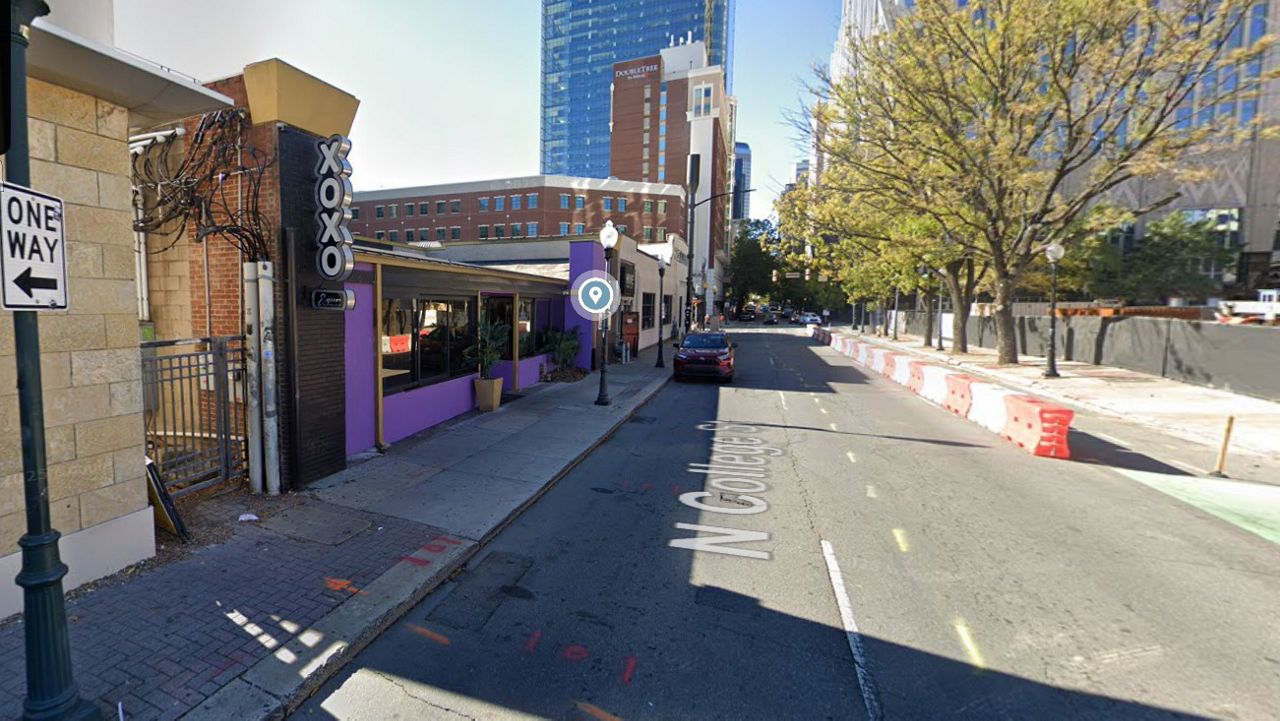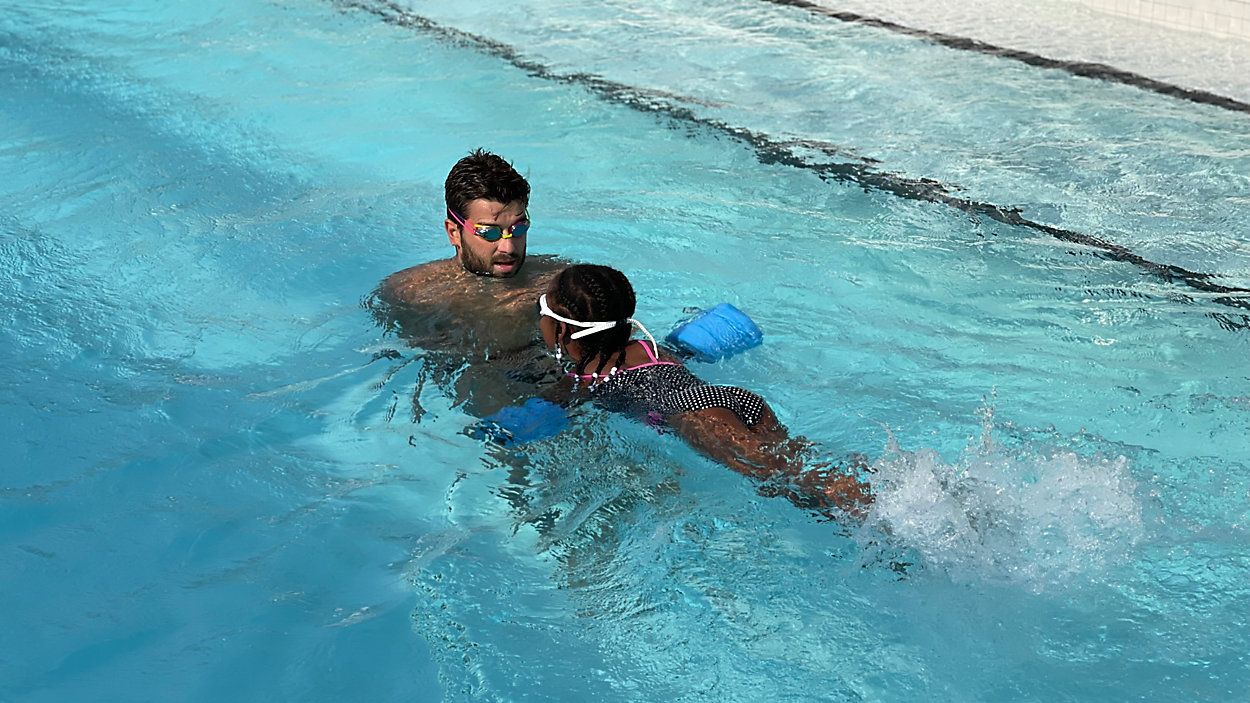CONCORD, N.C. — A defensive driving school employee shares ways to prevent road rage following a deadly road rage incident in Charlotte.
Police identified suspect in murder of a Charlotte bus driver after road-rage incident identified
Teen Driving school B.R.A.K.E.S. teaches students around the country how to be defensive and proactive drivers
Travis Oldenburg with B.R.A.K.E.S said distance can help escape potential road-rage incidents
Charlotte-Mecklenburg Police said earlier this month Charlotte Area Transit System driver Ethan Rivera died after being shot following a road-rage incident. On Monday, police identified 21-year-old Darian Dru Thavychith as the murder suspect in this case.
According to AAA, road rage can involve cursing, sideswiping or throwing objects at someone. Aggressive driving, which is not uncommon, can turn into road rage.
A proactive and defensive driving school, called Be Responsible and Keep Everyone Safe or B.R.A.K.E.S., teaches teens around the country ways to handle difficult situations, including aggressive driving and road rage.
In North Carolina, the three-hour course is offered to teens ages 16 to 20. They attend the class with their parents.
B.R.A.K.E.S. Director of Training and Quality Control Travis Oldenburg trains instructors.
He said if you notice someone driving aggressively, the best option is to create distance between their vehicle and yours.
“Make sure you can at least see the tires of the vehicle in front of you. Now you've got a good distance. Now you can have your safety bubble, but in reality, you can create as much distance as you want. If you find yourself in a bad situation, then back off, pull over, slow down, get into the other lane, do whatever you can to get out of that situation,” Oldenburg said.
Oldenburg added people sometimes box themselves in, making it hard to exit the tense situation.
“The best way to do here is not involve the emotions and de-escalate the situation,” Oldenburg said. “The best way to do here is not involve the emotions and de-escalate the situation,” Oldenburg said.
He said if someone tries to run you off the road, you can still control your car with two wheels off the road.
“The big thing to remember there is don’t panic. The car is fine. Don't pull yourself back onto the road too quickly. What you want to do there is you want to let off the gas, not touch the brake. Let that car settle down. It'll naturally start to slow down finding a good spot and just ease yourself back onto the road,” Oldenburg said.
The drop wheel recovery, panic stop and crash avoidance are some of the techniques students learn during the course.
Oldenburg said he knows the training is making a difference because of the positive feedback graduates and their parents provide.
Oldenburg was a police officer before joining B.R.A.K.E.S. in 2013. He said this is his way to continue serving his community.
“To know you helped someone and saved a life by giving this training is priceless,” Oldenburg said.
More than 100,000 people have participated in the B.R.A.K.E.S. program, which was started by former professional drag racer Doug Herbert after his two sons died in a car crash.
B.R.A.K.E.S offers classes throughout the year in different states. To find a driving school near you, click here.









